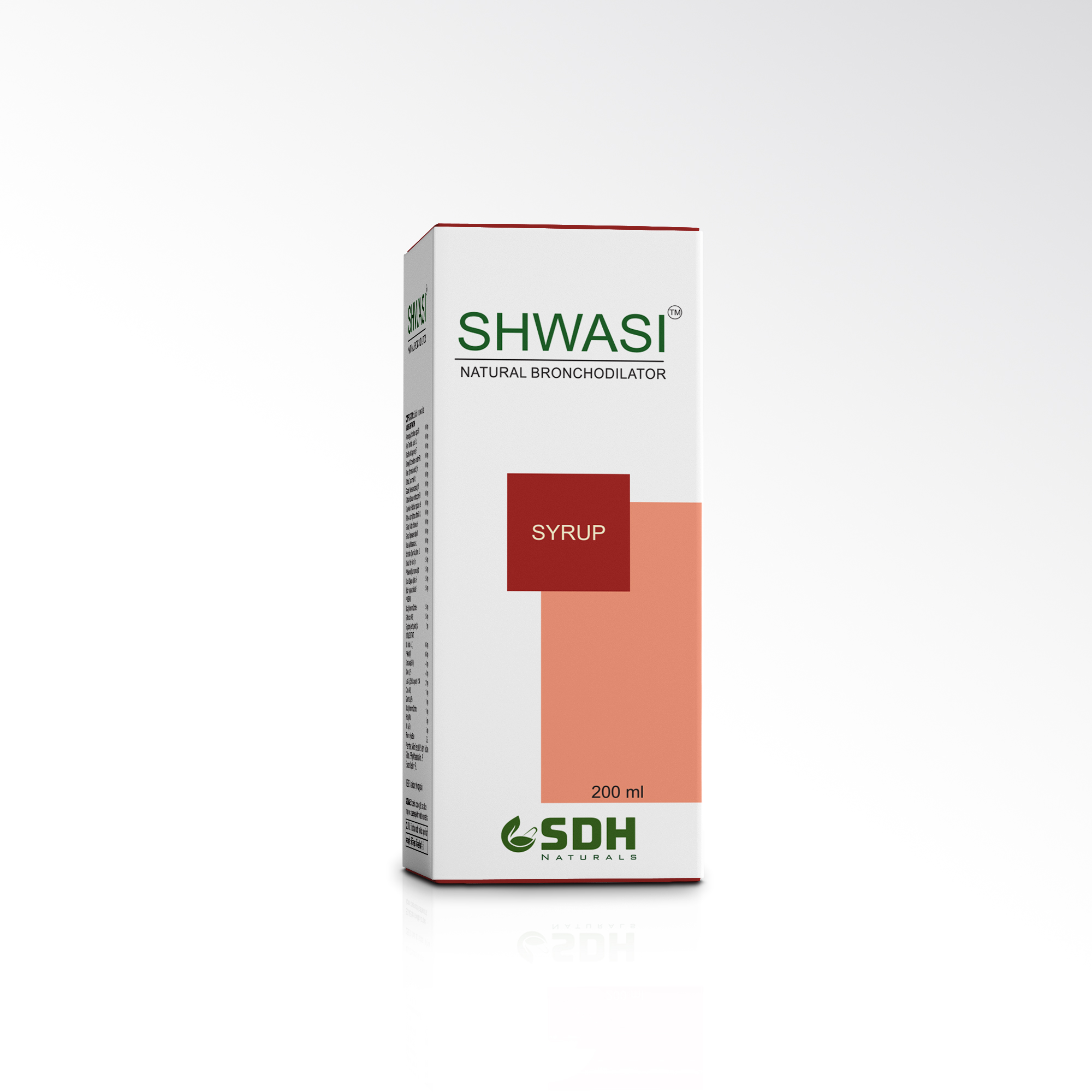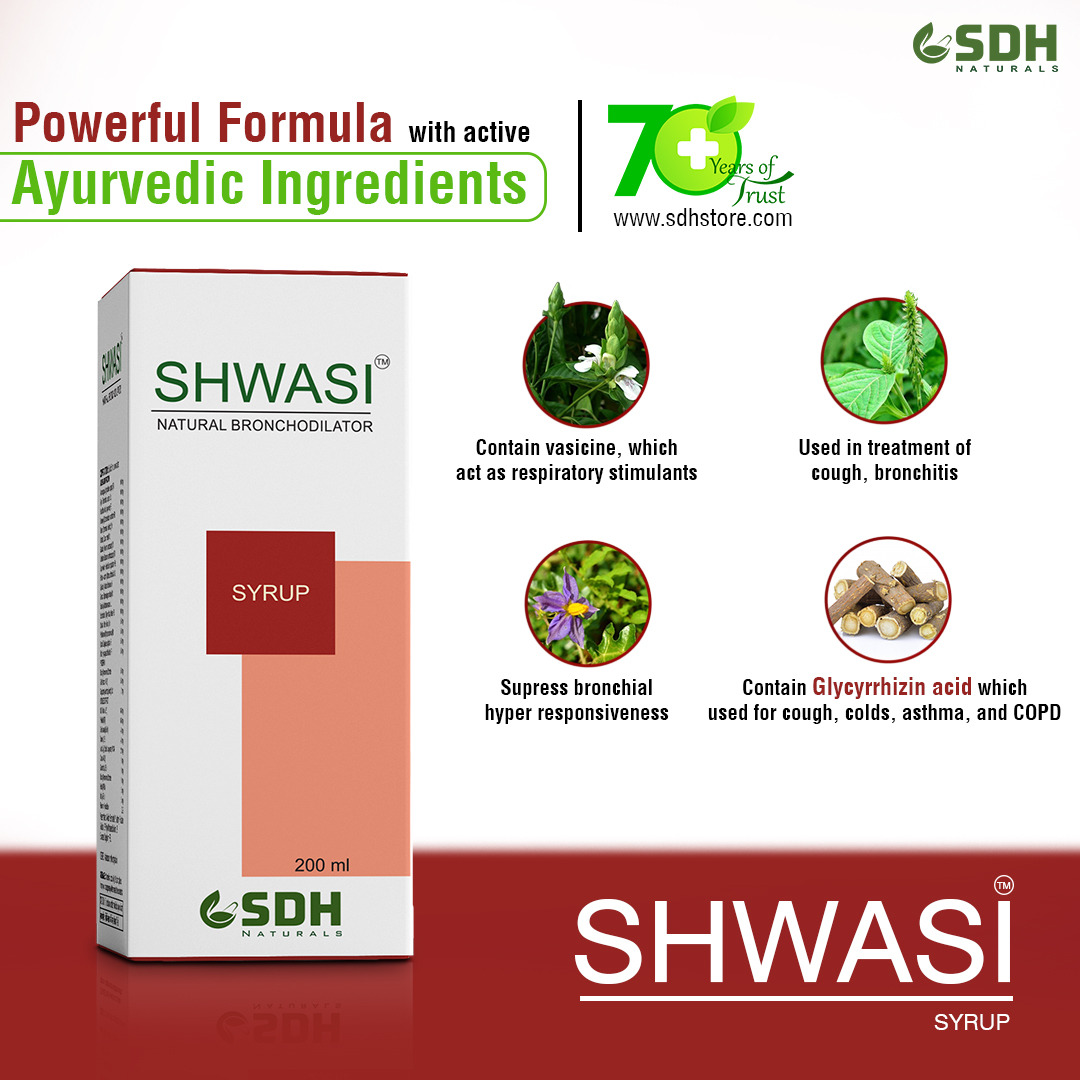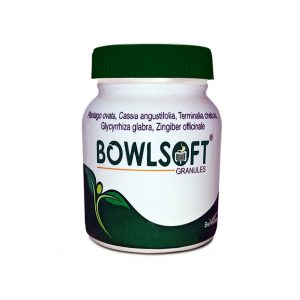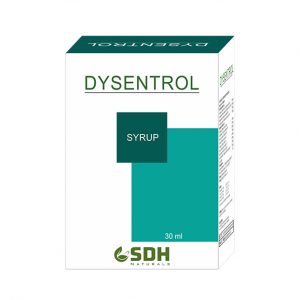Description
Indications
Bronchial asthma (non allergic)
Bronchitis (Acute & chronic)
Whooping cough
Pulmonary congestion
Action
- Prevents inflammation and bronchoconstriction which leads to normal lumen size of Bronchioles and normal lung cell architecture.1
- Possesses bronchodilator, anti-inflammatory and anti-histaminic activity.2
- Possesses antibacterial activity against respiratory tract pathogens.3
- Reduces bronchial mucosal irritability and related bronchospasm associated with asthma.
Dosage
Acute bronchitis: 1-2 teaspoonful 2 times a day for 7 days
Chronic bronchitis: 2 teaspoonful 3 times a day for 21 days
Bronchial asthma: 2 teaspoonful 3 times a day for 2 months
Presentation
Syrup in bottles of 100 ml & 200 ml
References
- Onosoma bracteatum (Gajwan): IJPT, January 2008, vol. 7,no. 1
- Somlata (Ephedra geradiana): Asian J Pharm Clin Res, Vol 7, Issue 1, 2014, 166-169.
- Banafsa (Viola odorata): Natl.Acad.Sci.India.Sect.B BIO Sci 2012,82(4):567-572.











Reviews
There are no reviews yet.